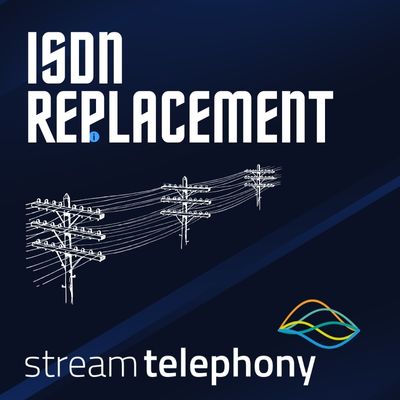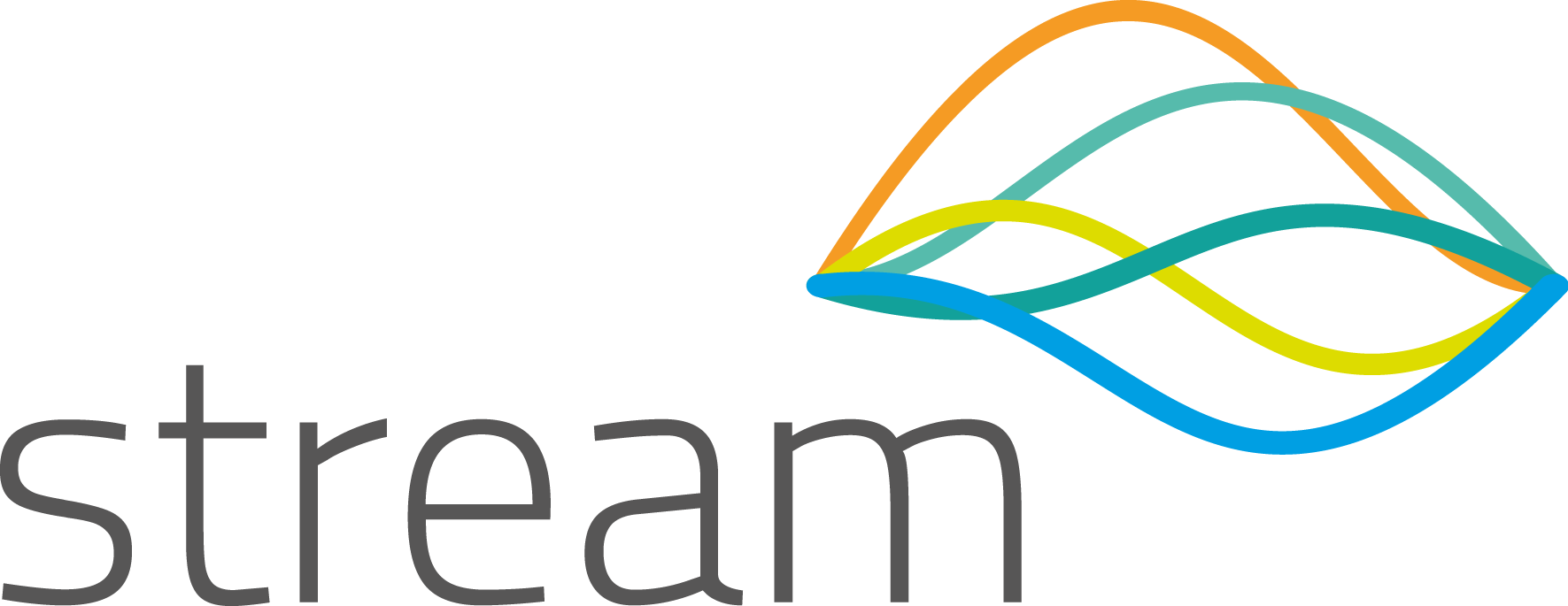
Preparing for the BT ISDN Switch Off: A Comprehensive Guide

The BT Analogue Switch Off is set to revolutionise telephony. The way phone calls are made in the UK will change for everyone, the telephone lines as we know them will become redundant, as will the need for equipment such as an analogue PBX.
The official switch off is scheduled by BT Openreach for 2025, which is just under a year away and is the one of the most far reaching changes in the telecommunications sector for decades. It’s essential that businesses learn about the switch, what it means to their telecoms, and take the necessary measures to prepare for it. In this guide, we’ll explain what PSTN and ISDN are, why they are being phased out, what will replace them, and what you need to consider before the switch off.
ISDN Switch Off Quick Summary
What is PSTN?
Public Switched Telephone Network (PSTN) allows subscribers at different sites to communicate by voice. PSTN has been used by businesses as their primary method of transmitting phone calls and fax transmissions. Typically PSTN lines are single analogue telephone lines.
What is a traditional ISDN line?
Integrated Services Digital Network (ISDN) is a group of communication standards that use digital transmission to make phone calls, video calls, transmit data, and offer other network services over the circuits of the traditional PSTN, commonly known as landlines. ISDN lines have been typically used to connect to a Private Branch Exchange (PBX) for businesses that need to make and receive more than one call at a time. ISDN comes in two formats ISDN2E that provides two Voice lines and ISDN30 which can provide up to 30 concurrent telephone calls / lines.
What is the 2025 PSTN switch off?
BT announced in 2015 that they will shut off their ISDN and PSTN services completely in 2025. The reason for the switch off is the rise of reliable broadband services and Voice Over Internet Protocol / IP Technology where its possible to transmit voice communications over the Internet. As a result it is no longer cost effective for network operators to run two networks; a dedicated analogue Voice Network using PSTN and ISDN lines and a Digital Voice Network using VOIP technology.
What are the options if you are still using an ISDN network and on-premises Private Branch Exchange (PBX)?
There are two options available to replace your existing ISDN service which is a cloud based Hosted Telephony service or SIP Trunking.
What is Cloud Telephony?
A cloud telephony service is where the PBX is hosted within a providers network. Features such as call call routing, voice recording, hunt groups, auto-attendants, voicemail and user extensions are all configured through a web browser and companies no longer need to manage or maintain a phone system PBX in their premises. Desktop phones simply connect over the Internet and all the phone routing and services are delivered and managed from the cloud.
What is SIP?
Session Initiation Protocol (SIP) is a VOIP protocol that allows multimedia communications to initiate and terminate data transfer between different users. SIP is the technology that creates, modifies, and terminates sessions with one or more parties in an IP network, whether a two-way call or a multi-party conference call. SIP Can be used if you want to carry on using your existing PBX (Private Branch Exchange) equipment as long as the PBX you are using supports SIP trunking.
If your PBX does not support SIP trunking you can look at a ISDN to SIP convertor or move to a Cloud based Hosted Telephony phone system.
How to switch from ISDN to hosted VoIP
Talk to Stream Networks and we will make sure the switching process is hassle free. Depending on your requirements we will work with you to ensure you make the most of the move to digital voice.
If you have invested in a new PBX at your offices over the past 5 years you may want to ensure the investment in your existing systems is maximised and therefore converting to SIP is likely the best route.
If however you are looking for additional services that your existing PBX can’t deliver such as taking work calls on your mobile phone or PCI compliant voice recording then moving to a hosted phone system maybe the better option.
Switching from ISDN to a Hosted platform is very simple. Discuss your business requirements and how many phone extensions you’ll need with us. If this number changes, we will add and remove as necessary. We take care of the setup for you.
What speed broadband connection do I need to run VOIP services?
As a general rule of thumb you will need a 100Kbs connection per concurrent telephone call. If for example you have an office where 10 people are always on the phone at the same time you will need a minimum of 1Mbs upload and 1Mbs download to run digital voice. Most new broadband connections are capable of running VOIP as a lot of investment is happening with fibre services across the UK using SOGEA FTTC (Single Order Generic Ethernet Access Fibre to the Cabinet), FTTP (Fibre to the Premises) and Ethernet Leased lines services.
Stream Networks recommend to use a suitable firewall with your broadband service that is capable of delivering Quality of Service and bandwidth management where you can reserve part of your broadband bandwidth for real time voice communications.
Can you keep your existing phone numbers?
Before you switch off ISDN for good, you’ll need a plan to port your numbers. Number porting is the process of moving your telephone number from one provider to another. If your business uses location-specific phone numbers or if you want to keep all your existing numbers, it’s a good idea to do this for business continuity. We offer number porting as part of our service. This process can take up to a few weeks depending on your porting agreement with your previous provider and the amount of numbers you want to port.
What are the benefits of switching?
Switching to new technologies comes with many benefits which are listed below:
- COST Savings : More cost effective – Cut your call charges, line rental and infrastructure costs dramatically.
- FULLY FEATURED: A host of future-proof capabilities that will transform the way you work.
- SERVICE: Improve the speed and efficiencies of your call quality when dealing with customers.
- COMMUNICATION: Combine phone calls, emails, messaging, video conferencing, scheduling, staff status, apps and your CRM into one unified system.
- ROBUST: Disaster recovery specifically designed to bounce back within minimum downtime and data loss.
What do you need to consider before the ISDN & PSTN switch off?
- When are you going to switch?
- Is your current phone system, IP compatible?
- Does your internet connection have the bandwidth to deliver VoIP? You may need to consider SoGEA, FTTP, or ethernet.
- How long does it take to switch over? This can be a fairly swift process, often as short as 2 weeks
What ISDN Switch Off Services can Stream Networks provide?
We have a range of solutions to help support your move to Digital Voice which include Microsoft Teams Direct Routing, Hosted 3CX, Hosted Telephony, RingCentral and SIP Trunking.
Hopefully this has helped demystify some of the many online articles around the PSTN Switch off. If you have any further questions, please call us on 01635 884170 or complete the contact form below.

